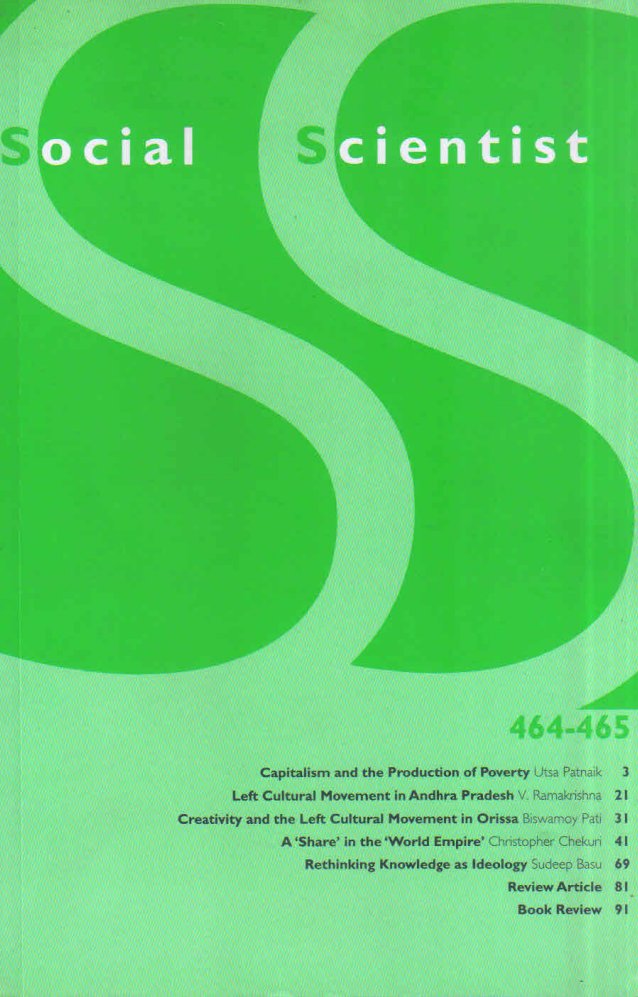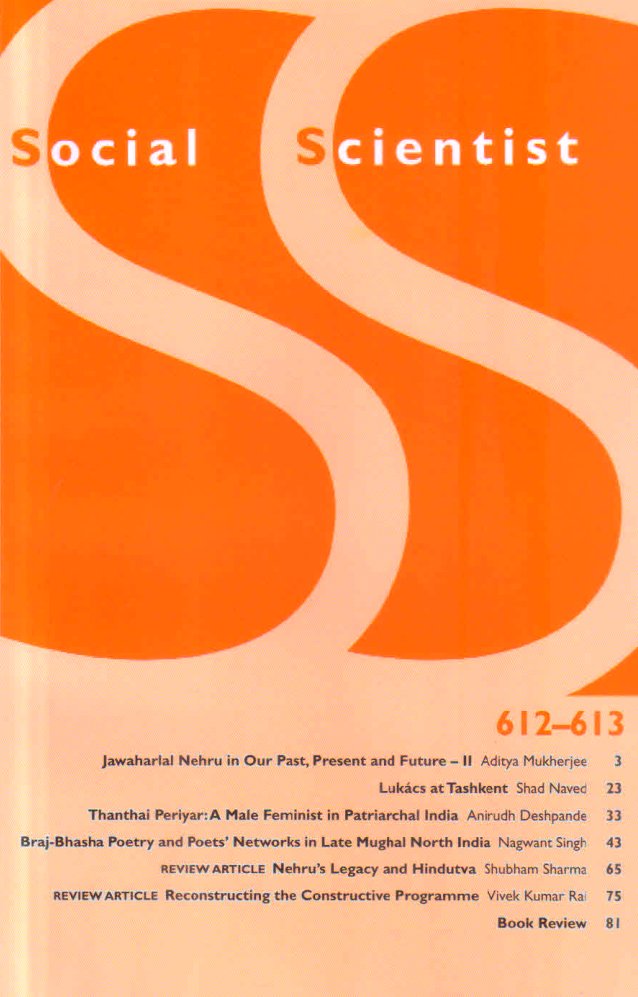Kashmir: The Tragedy
The spring of 2020 in the Kashmir Valley is beautiful. It is the rainy season when almonds blossom amidst verdant greenery punctuated with swathes of narcissus and dancing daffodil, tulip in full flower, the bulbul hopping and playing in the refreshingly breezy air. Yet tragedy is writ large across the history of Jammu & Kashmir ever since the sale of the state of J&K in 1846 by a victorious East India Company to Gulab Singh, turncoat feudatory of the fallen Sikh kingdom of the legendary Maharaja Ranjit Singh, for what was even then hardly a princely sum, a Rajput niche in a predominantly Muslim territory until recently Sikh – a neat arrangement of divide et impera. The aspiration of Kashmir when J&K acceded to India upon Independence is best summed up in the words of its principal protagonist of the time in his discussion with Joseph Korbel, head of the UN Commission for India and Pakistan; Sheikh Mohammed Abdullah explained:


